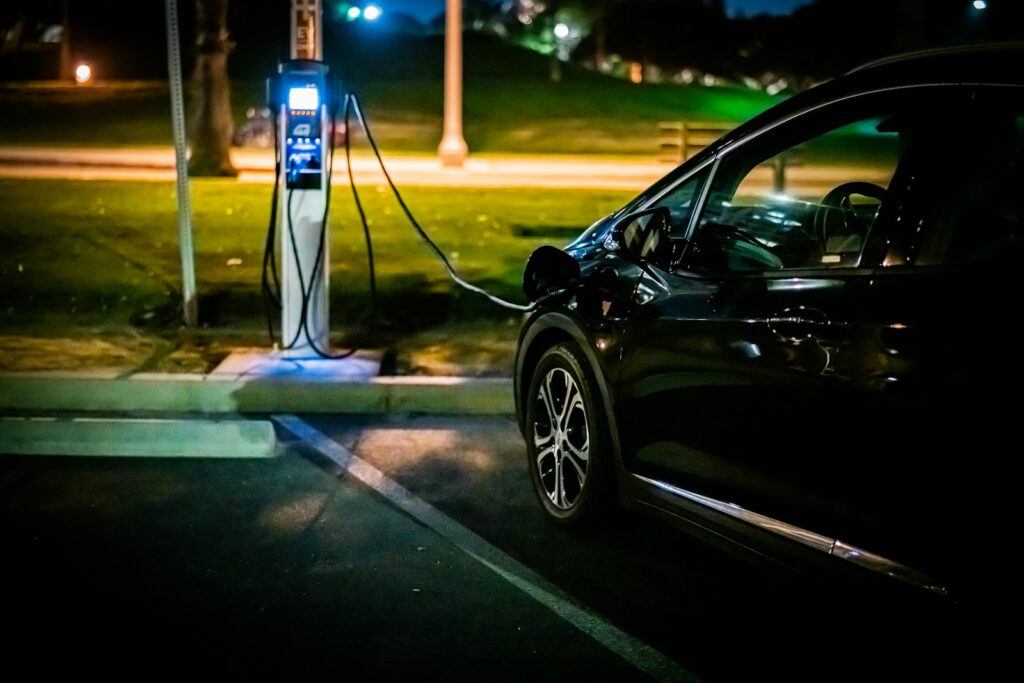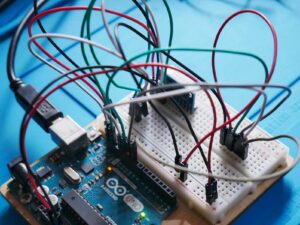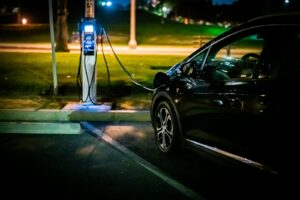How to Install an Electric Car Charger

The growing popularity of electric vehicles (EVs) has made home charging an essential component for many EV owners. Electric car charger installation at home can greatly improve the convenience of owning an electric vehicle, providing faster and easier charging without relying on public charging stations. This essay will provide a step-by-step guide on how to install an electric car charger, including the necessary considerations, equipment, and safety measures.
1. Understanding Your Charging Options
Before starting the installation process, it is important to understand the different types of electric car chargers available. Generally, there are three main types of chargers:
- Level 1 Charger: This is the standard 120-volt outlet that comes with most EVs. While it can charge your car, it is slower compared to other options.
- Level 2 Charger: This is a 240-volt charger that provides faster charging and is ideal for home installations. It typically requires a dedicated circuit and specialized equipment.
- Level 3 Charger (DC Fast Charger): This type of charger is not suitable for residential use due to its high power requirements and is typically found in commercial or public spaces.
For home use, the most common and practical choice is the Level 2 charger, as it provides a good balance between speed and cost.
2. Check Your Home’s Electrical System
Installing a Level 2 charger requires a 240-volt circuit, so it is crucial to ensure your home’s electrical system can support this type of installation.
- Assess your electrical panel: A Level 2 charger may require a dedicated circuit. Check the capacity of your electrical panel to determine whether there is space for an additional circuit. If your panel is already near full capacity, you may need to upgrade it to handle the new load.
- Consult a professional electrician: An electrician will assess the electrical capacity of your home and recommend any upgrades or adjustments needed before installing the charger.
3. Choose the Right Charger and Location
Selecting the right charger and location for installation is critical. Factors to consider include:
- Charger Specifications: Different EV chargers offer different power outputs, typically ranging from 16 amps to 50 amps. The higher the amperage, the faster your car will charge. Choose a charger that matches your vehicle’s charging capacity and your preferences.
- Location of the Charger: The charger should be installed near where you typically park your car. Consider the distance from the electrical panel and the placement of the car’s charging port. Ensure that the charger is installed in a dry, safe location, preferably on an exterior wall, to prevent any potential hazards.
4. Obtain Necessary Permits
In many areas, electrical work requires permits. Contact your local government or building authority to find out if you need a permit for the installation. An electrician can also help with this process, as they will be familiar with local building codes and regulations.
5. Hiring a Qualified Electrician
Installing a Level 2 electric car charger should not be attempted by an amateur, as it involves handling electrical systems. Hiring a qualified, licensed electrician is essential for ensuring that the installation is done safely and correctly. The electrician will:
- Install the 240-volt circuit in the electrical panel.
- Run the appropriate wiring from the panel to the location of the charger.
- Install the charger itself and ensure all components are properly connected and functional.
- Test the system to make sure everything is working as expected.
The cost of hiring an electrician for this job can vary depending on your location, the complexity of the installation, and any required upgrades to your electrical system. On average, installation costs can range from $500 to $1,500.
6. Safety Measures
Electric car charger installation involves dealing with high-voltage electrical systems, so safety is paramount. Ensure the following safety steps are taken:
- Turn off the power: Before starting any installation, make sure the power to the electrical panel is turned off to avoid the risk of electrical shock.
- Follow local codes: Adhere to the National Electrical Code (NEC) and local building codes to ensure safe and compliant installation.
- Inspect the charger regularly: After installation, regularly inspect the charger and wiring for signs of wear or damage. Keep the area around the charger clear of debris and moisture.
7. Cost and Financial Considerations
The total cost of installing an electric car charger can vary depending on several factors, such as the type of charger, the distance between the electrical panel and the installation site, and any upgrades needed to your electrical system. Typically, the cost will range between $500 and $2,000, not including the cost of the charger itself. It is also worth exploring any potential rebates or tax incentives for installing a home charger, as many local and federal programs offer financial assistance to encourage EV adoption.
8. Charging Your EV
Once the installation is complete, using your new charger is straightforward. Simply plug the charging cable into your car, and the charger will begin supplying power to the vehicle’s battery. Depending on the amperage of the charger, your car may fully charge in a few hours or overnight.
Installing an electric car charger at home is a practical and convenient solution for EV owners. By understanding your options, ensuring your home’s electrical system can support the installation, hiring a qualified electrician, and following safety measures, you can enjoy the convenience of home charging. Though there are upfront costs and considerations, the long-term benefits of having a reliable, fast charger at home make it a worthwhile investment for most EV owners.




![boats docked near seaside promenade]](https://uawnews.com/wp-content/uploads/2025/05/prb-sjoubfs-300x200.jpg)
